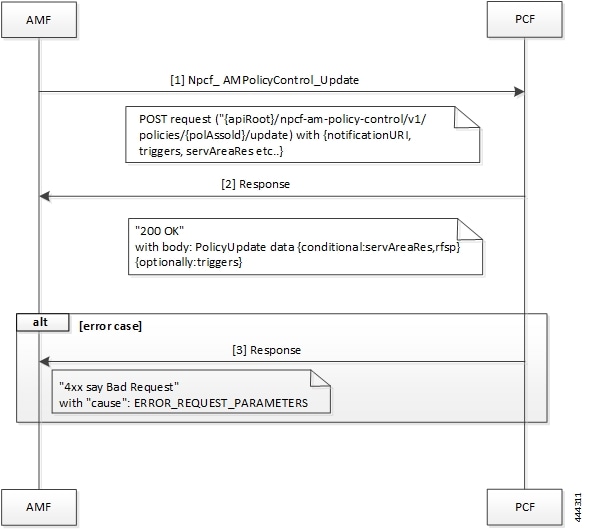Feature Summary and Revision History
Summary Data
|
Applicable Product(s) or Functional Area |
5G-AMF |
|
Applicable Platform(s) |
CN-CEE |
|
Default Setting |
Enabled – Configuration Required |
|
Related Changes in this Release |
Not Applicable |
|
Related Documentation |
Not Applicable |
Revision History
|
Revision Details |
Release |
|---|---|
|
Added information on how to remove the stale sessions. |
2020.05.01 |
|
Introduced procedure to configure the N15 Access and Mobility Policies. |
2020.02.0 |
|
First Introduced. |
2020.01.0 |







 Feedback
Feedback